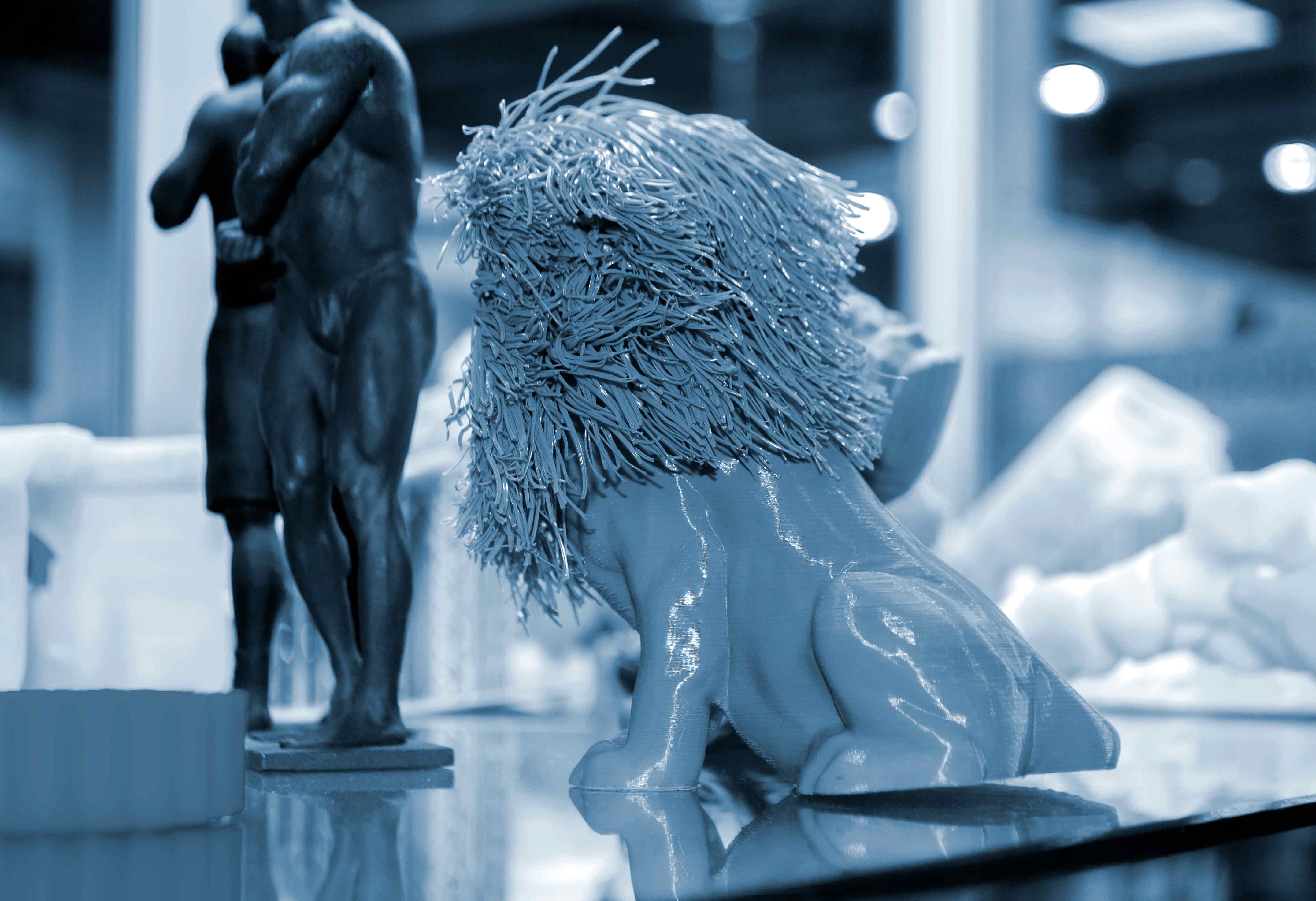Metal 3D printing utilizes high temperatures generated by lasers or electron beams to sinter, melt, or weld metal powder or wire, building up the part sequentially until it is complete.
The common metal 3D printing processes include:
● Powder Bed Fusion (PBF): A thin layer of metal powder is spread across the build platform, and a laser or electron beam selectively melts and fuses the powder particles together, layer by layer.
● Direct Metal Laser Sintering (DMLS) & Selective Laser Melting (SLM): These are variations of PBF where DMLS uses metal alloys with variable melting points, while SLM uses a single melting temperature metal powder.
● Binder Jetting: This process involves depositing a liquid binding agent onto layers of metal powder to create a part one layer at a time.
● Direct Energy Deposition (DED): A focused energy source, such as a laser, melts metal powder or wire as it is fed into the build area, creating a melt pool where the material is deposited.
● Metal Extrusion: Similar to traditional FDM 3D printing, this process extrudes metal material through a nozzle to build parts layer by layer.












